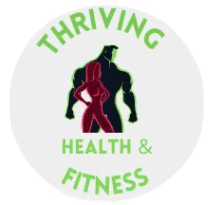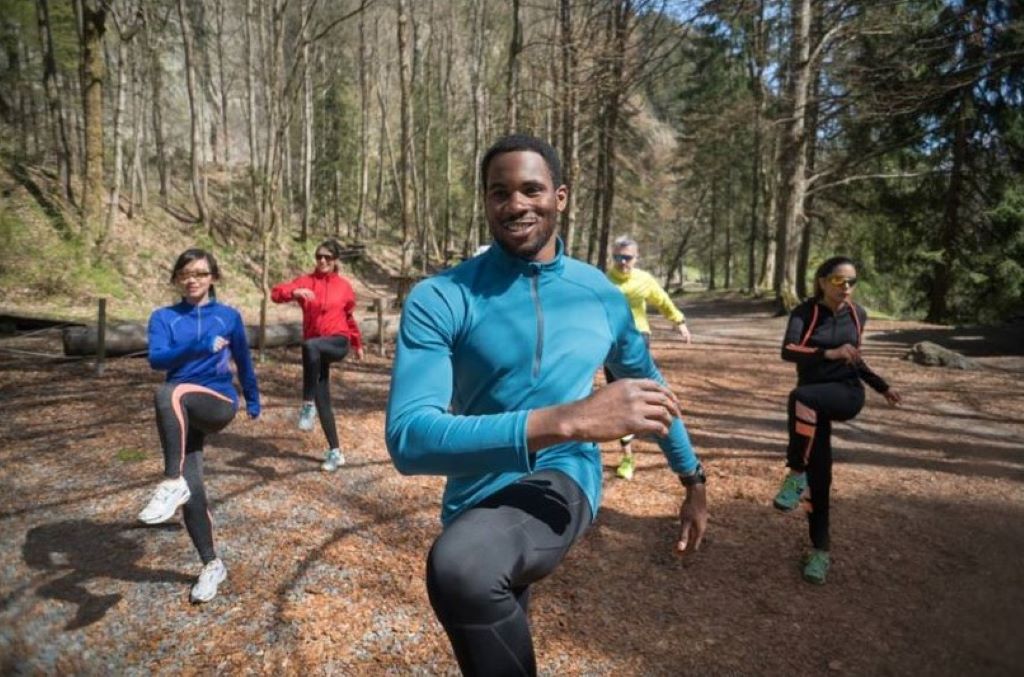11 Core Strengthening Exercises
A strong Core is necessary for physical fitness and overall health. The core muscles, which include the abs, back, and hips, provide stability, support, and power for all movements. Core strength training involves exercises that focus on these muscles, leading to improved balance, posture, and protection for internal organs. In this article, we will explore some of the best core exercises and the benefits they provide.
Below is a list of 11 different core exercises, the muscles/muscle groups they activate and how to do them.
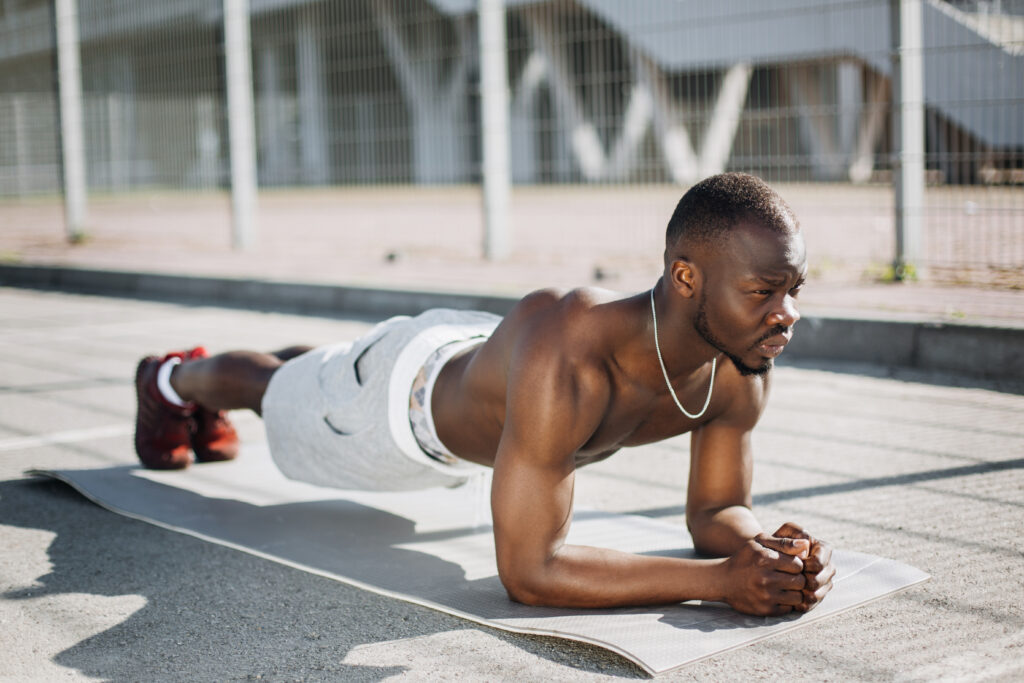
- Planks
Muscles Engagement:
Transversus abdominis
Rectus abdominis
Internal oblique
External oblique muscles
Start in a push-up position with forearms on the ground, hold for 30 seconds to 1 minute. The Plank is one of those exercises that’s more complex than it looks. It engages the core yes, but it also works most of the leg muscles, the glutes, and the neck. When done right, you feel the tension pulsing throughout your whole body.
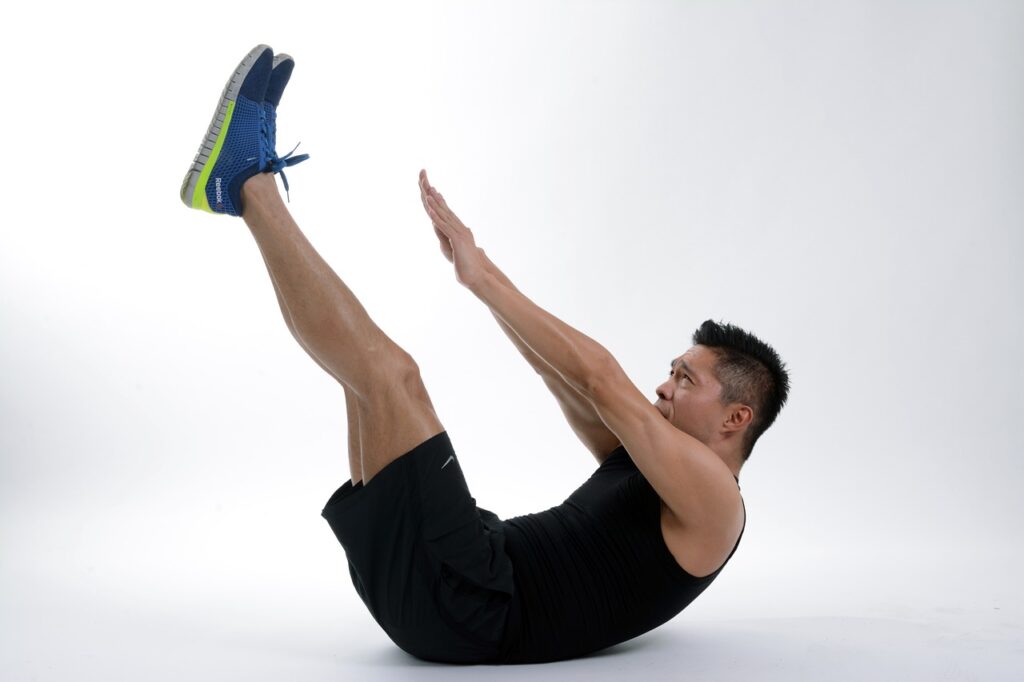
- V-ups
Muscles Engagement:
Rectus Abdominis
Obliques
Flexors
Lie on your back, lift your legs and upper body at the same time to form a V-shape, hold for 2 seconds, and repeat. There are different variations of the V-up. But they all target the abdominals. When done right, you will feel tension in the abs.
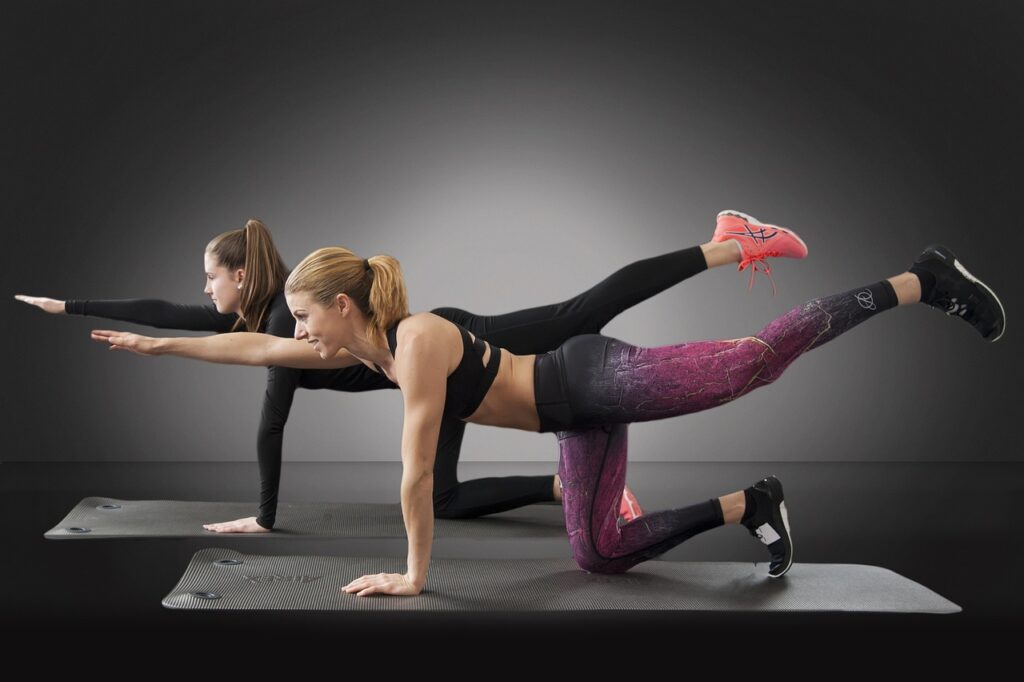
- Bird Dog
Muscles Engagement:
Erector Spinae
Rectus Abdominis
Glutes
Begin on all fours, extend your opposite arm and leg, hold for 2 seconds, and repeat with the other side. Doing the Bird Dog exercise, you will feel most of the tension in the glutes and back muscles. It will help strengthen and protect your spine.
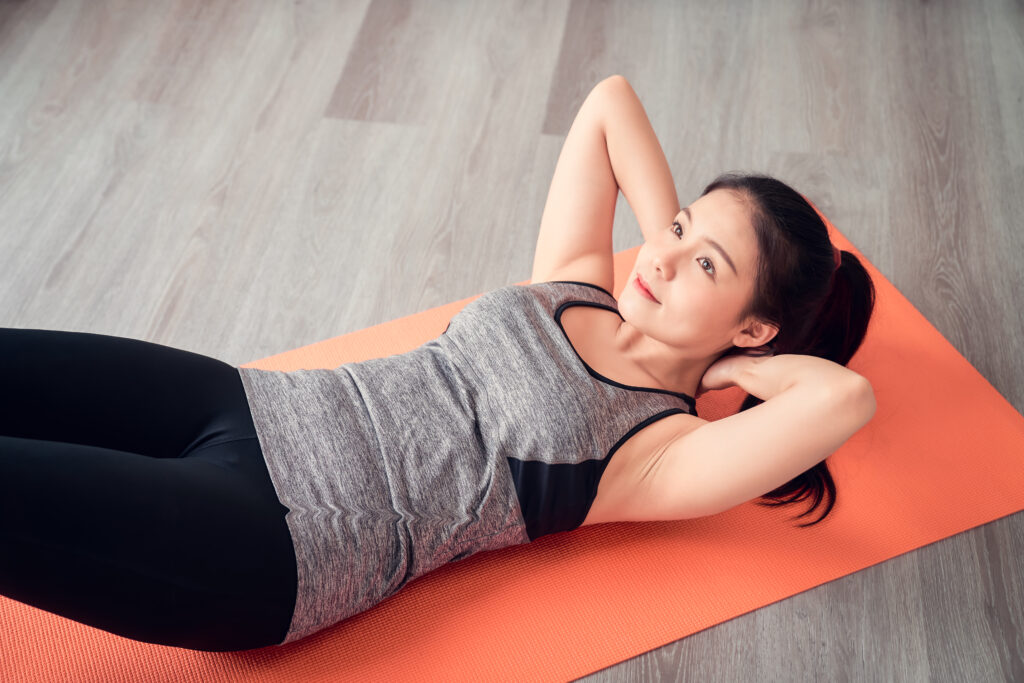
- Sit Ups
Muscles Engagement:
Abdominals
Obliques
Quads
Lie on your back, bend your knees, lift your upper body towards your knees, and lower it back down.
Sit Ups works the Rectus Abdominis (the Six Pack) and the Hip Flexors (The upper Thigh)
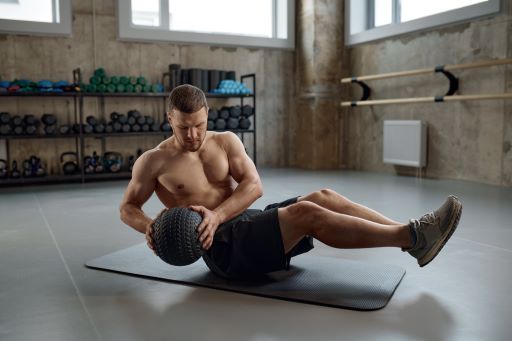
- Russian Twist
Muscles Engagement:
Oblique
Sit on the floor with your knees bent, lean back slightly, feet off the floor. Twist your torso to the right and left. You can clasp your hands together and as you rotate, bring your hands down to touch the floor.
For a more intense session, you can hold a weight or medicine ball in your hand. This exercise works the oblique muscles. Also works the shoulders when you are holding a weight.
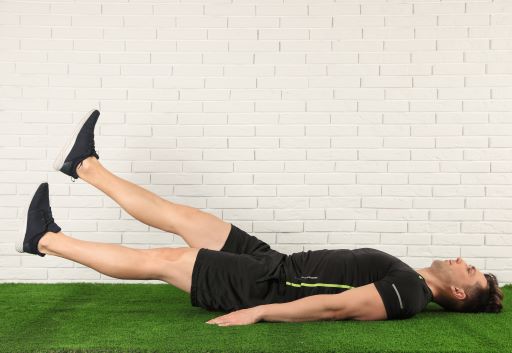
- Flutter Kicks
Muscles Engagement:
Lower Abdominal
Quad
Lie on your back, make sure your back is flat on the floor. Lift your legs off the ground, alternating moving each leg up and down. The Flutter Kick is a great exercise for strengthening the core. It’s not difficult to do and it’s a low impact exercise. It works the lower abdominal and the quad muscles.
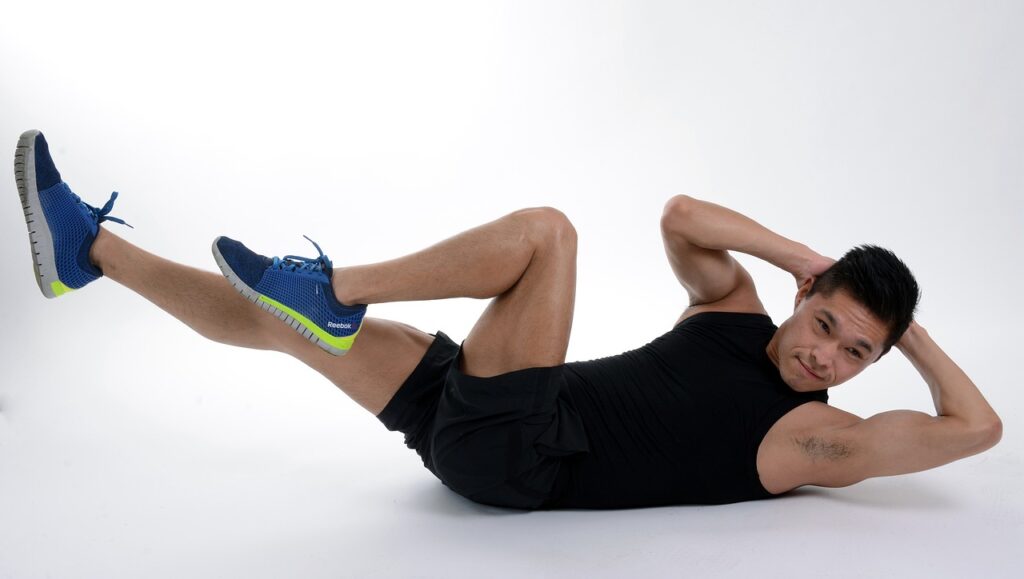
- Bicycle Crunches
Muscles Engagement:
Abdominals
Lie on your back, place your hands behind your head, lift your shoulders off the ground, alternate bringing your right elbow to your left knee, and repeat with the opposite side. Bicycle crunches helps strengthen the Rectus Abdominal muscles (six pack). These muscles give stability during movement.
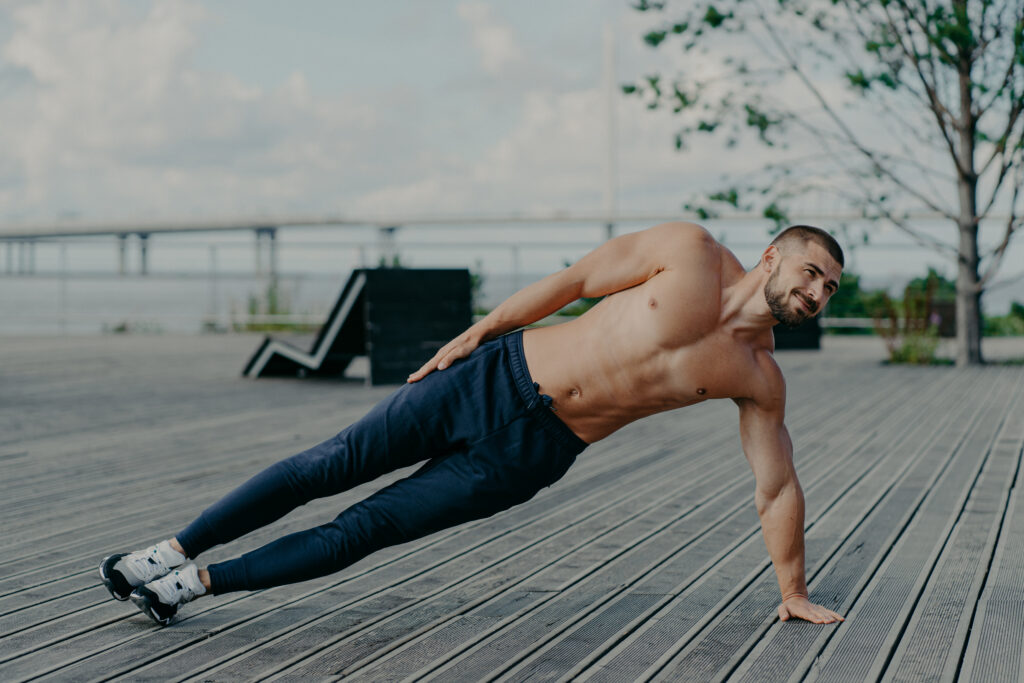
- Side Planks
Muscles Engagement:
Obliques
Start in a plank position, roll onto your right side while keeping your knees and hips off the floor. Keep your head and spine straight. And lift your right arm towards the ceiling (you could also put your hand on your hip) hold for 30 seconds to 1 minute and repeat on the other side.
Like the Plank, the Side plank is more complex than it looks. Side Planks strengthen your oblique muscles and makes it easier to twist and rotate at the waste.
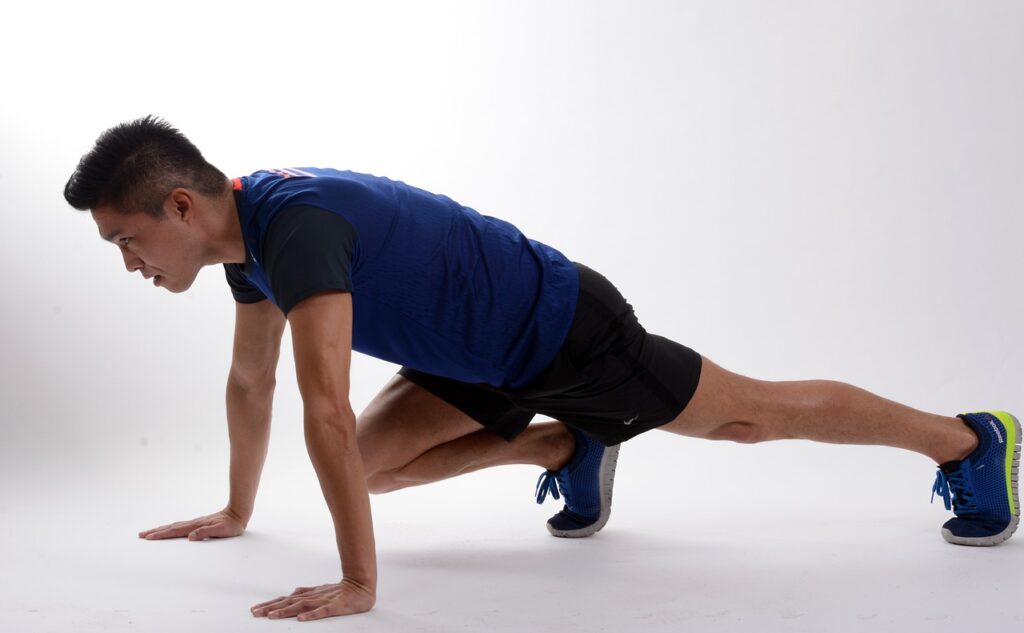
- Mountain Climbs
Muscles Engagement:
Legs
Abdominal
Back
Glutes
Start in a push up plank position, make sure your hands are directly under your shoulders, keep your back straight, bring one knee towards your chest, alternate between legs as if climbing a mountain.
There are a few exercises that incorporate just about all the muscle groups, the mountain climber is one of them. You use your shoulders to hold you up. You use your upper and lower legs muscles for the climbing motion, which engages the abdominal muscles. And you use your back muscles to keep your spine straight . Doing the mountain climber is almost a full body workout.
- Prone Cobra
Muscles Engagement:
Rhomboids
Lower Trapezius
Lie on your stomach, lift your chest and arms, and feet off the ground, hold for 2 seconds and repeat.
The prone cobra is not the easiest exercise to do, but keep at it. This exercise builds strength and endurance in back and shoulder muscles.
- Hip Crossover
Muscles Engagement:
Obliques
Lie on your back, arms out to your side, bend your knees, and drop them to one side, repeat on the other side. The hip crossover is a good end of workout exercise because it’s more of a stretching exercise that works the obliques. It also engages the abs, the lower back, and the glutes. You can cool down and stretch at the same time.
How The Core Muscles Work
The core muscles work by providing stability and support to the spine, pelvis, and hips. They work in conjunction with the muscles of the lower back and hips to maintain balance and prevent injury during movement. The core muscles also help to transfer force from the lower body to the upper body, allowing for powerful movements such as jumping and throwing.
Why Are Core Muscles Important
Core muscles are crucial for maintaining good balance and posture. Strong core muscles can help protect the organs by providing a stable base for the body’s internal organs to rest upon. Weak core muscles can lead to poor posture, which can cause pain and injury over time. Additionally, core strength is important for athletes and individuals who engage in physical activity, as it can improve performance and reduce the risk of injury.
Who Should Do Core Strength Exercises
Core strength exercises can benefit individuals of all ages and fitness levels. Young, healthy individuals can benefit from core
Best Place To Do Exercises, Gym VS. Home
Gym
If you wish to do core training with different types of equipment, then the gym is the place for you. You may have to wait to use some of the equipment because other gym members are using it, but it’s usually not a long wait. It takes effort to get up and go to the gym on a regular basis. And the gym has a certain energy or motivation about it to get it done.
Home
There are a lot of core exercises that can be done without any equipment at all. If you wish to workout at home, you can do it with no problem. No waiting for machine equipment to get your workout done. You will have to find ways to motivate yourself, since you don’t have the energy of the gym environment to help you.
There are a lot of none equipment core exercises you can do. About 4 to 6 ft of square space should be enough room for you to exercise in your home.
Conclusion
Core strength is an essential component of overall fitness and health. Core muscles provide stability and support movement. There are a lot of different core exercises to choose from and all are effective. People of all ages can benefit from core strength training. It can be done at home as well as in the gym.
